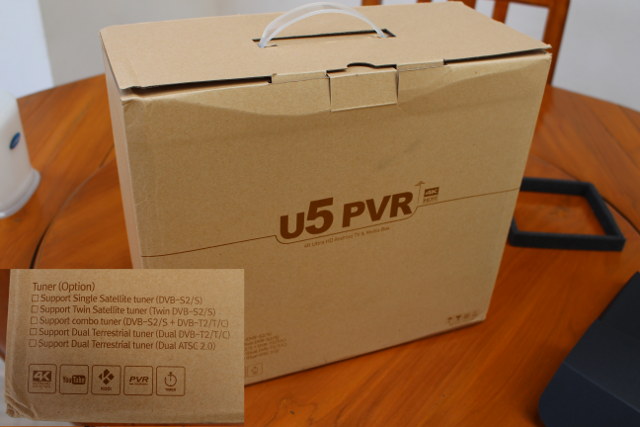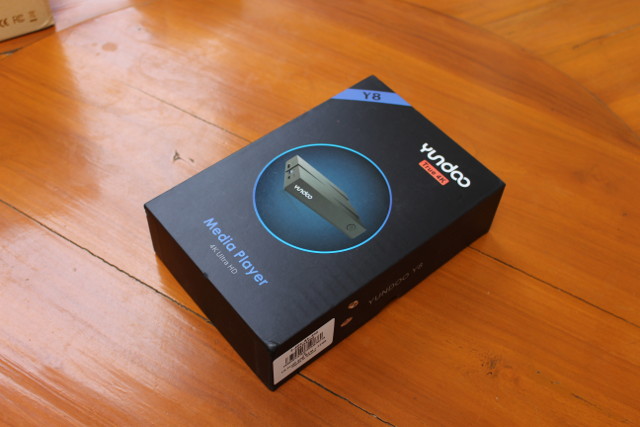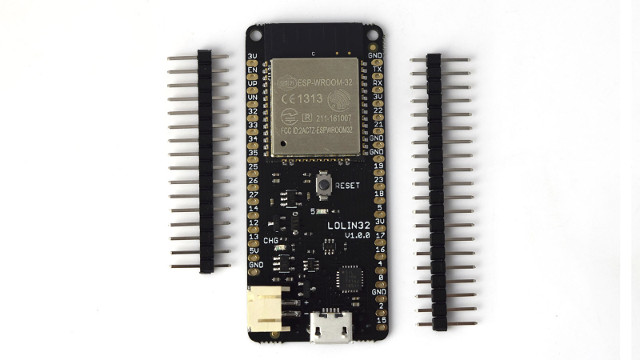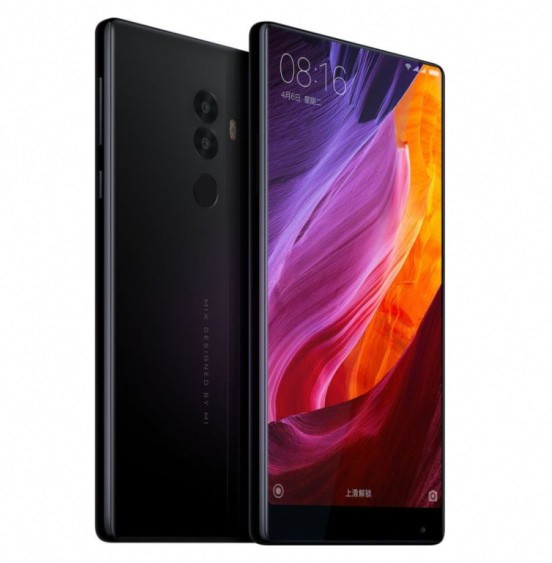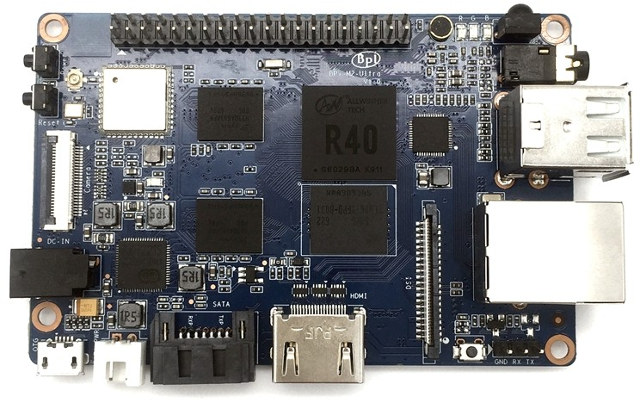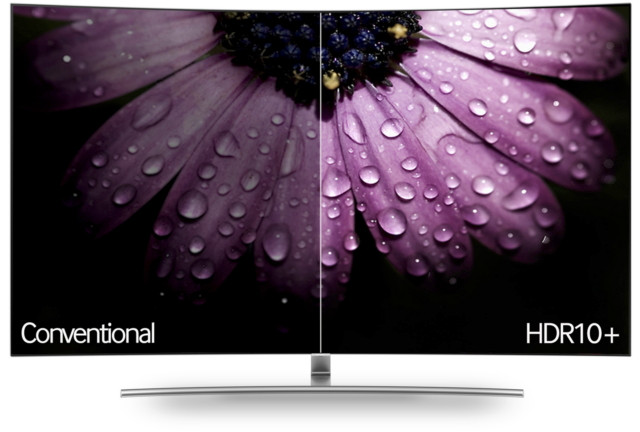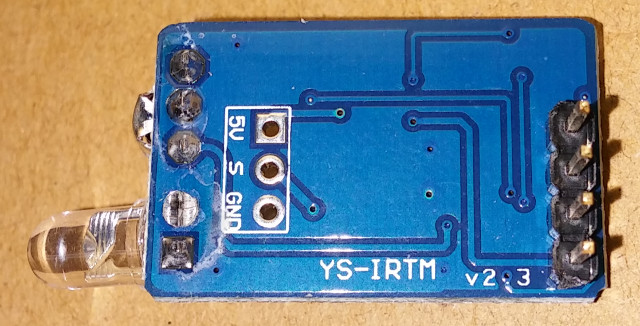Last year, I reviewed U4 Quad Hybrid, an Android TV box powered by Hisilicon Hi3796M quad core Cortex A7 processor and with a combo DVB-T2/C + DVB-S2 tuner. with digital TV tuner. It worked pretty well, except for a few bugs here and there, the processor is not the most powerful, and video output & decoding is limited to 4K @ 30Hz. The company – Shenzhen Vivant Technology – is now back with a new model called U5 PVR powered by a more powerful Hisilicon Hi3798C V200 quad core Cortex A53 processor with fast interfaces like USB 3.0, SATA, and Gigabit Ethernet, as well as support for 4K @ 60Hz via a HDMI 2.0a interface. There are actually three variations of U5 PVR with Deluxe/Slim/Normal models, and the company sent me U5 PVR Deluxe model for review. As usual, after listing the specifications, I’ll start the review by checking out […]
Yundoo Y8 (Rockchip RK3399) TV Box Review – Part 1: Unboxing and Teardown
Rockchip first unveiled RK3399 hexa-core processor at the beginning of 2016, but we had to wait longer than expected to get devices to play with. The first retail product based on the processor is really Samsung Chromebook Plus, and we only saw a few TV boxes for pre-sale in January such as Yundoo Y8 or R-TV Box K99, and with the first shipments occurring in March. However, I’ve also noticed many companies postponed the launch of the RK3399 mini PC/TV box, and no company contacted me for review so far, so I had no rush because that probably means the boxes were not quite ready. But starting at the beginning of next month, more companies will start selling their model, and GearBest proposed to send me Yundoo Y8 model with 4GB RAm, 32GB flash, and decided to give it a go. In this first part of the review, I’ll only […]
Wio GPS is a $40 Grove & Arduino Compatible Bluetooth 3.0 + GSM/GPRS + GPS Tracker Board
After Wio Link and Wio Node boards, Seeed Studio has added a new board to their Wio (Wireless Input Output) family with Wio GPS board based on Microchip SAMD21 Cortex M0+ MCU for Arduino compatibility, and Mediatek MT2503 ARM7 processor for GPS, Bluetooth 3.0, and 2G (GPRS) connectivity. Wio GPS board specifications: MCU – Microchip ATSAMD21G18A-MU ARM Cortex M0+ MCU @ 48 MHz with 256KB flash, 32KB SRAM Wireless SoC – Mediatek MT2503 ARM7EJ-S processor @ 260 MHz Storage – micro SD slot (shared with nano SIM slot) Connectivity (built-in MT2503 in Quectel MC20 module) Bluetooth 2.1 + EDR, 3.0 with SPP Profile and HFP-AG Profile; u.FL connector for external antenna Quad band 2G GSM/GPRS with u.FL connector for external antenna and nano SIM card slot GNSS – GPS + BeiDou + QZSS with u.FL connector for external antenna Audio – Speaker footprint (+/-), 3.5mm AUX jack with mic and stereo audio […]
$6.90 Wemos LoLin32 ESP32 Development Board Comes with 4MB Flash, Lithium Battery Support
Wemos – the company behind the cool Wemos D1 mini ESP8266 board – has now launched its first Espressif ESP32 development board with LoLin32 equipped with ESP-WROOM-32 module with 4MB flash, a micro USB port, and a battery header. Wemos Lolin32 specifications: Wireless Module – ESP-WROOM-32 based on Espressif ESP-32 dual core processor @ 240 MHz with 4MB flash Connectivity – 802.11 b/g/n WiFi + Bluetooth LE I/Os 26x digital I/Os 12x analog inputs UART, I2C, SPI, VP/VN, DAC 3.3V I/O voltage Breadboard compatible USB – 1x micro USB port for power and programming/debugging Power – 5V via micro USB + battery header for Lithium battery (charging current: 500mA max) Dimensions – 5.8 x 2.54 cm Weight – 5.8 grams The board is not compatible with Wemos D1 mini (34.2 x 25.6 mm) and shield, but offers a more powerful solution with Bluetooth LE, battery support, and more I/Os. The […]
Xiaomi Mi MIX 2 Phablet: Up to 8GB RAM, Up to 256 GB Storage, Bezel-free 6.4″ Display, $1,095
Yesterday, Xiaomi introduced Mi 6 smartphone, in what looked like to be their premium model, but it turns out they have a more powerful (and expensive) model with Mi MIX 2 Phablet/Smartphone boasting the same Qualcomm Snapdragon 835 processor, but equipped with up to 8GB RAM, 256 GB flash, and a 6.4″ display with 2560×1440 resolution and virtually without any bezels. Xiaomi Mi MIX 2 preliminary specifications: SoC – Qualcomm Snpadragon 835 octa-core Kryo 280 processor with 4x cores @ 2.45 GHz, 4x cores @ 1.9 GHz, Adreno 540 GPU with support for OpenGL ES 3.2, OpenCL 2.0 full, Vulkan, DX12, Hexagon 682 DSP System Memory – 4, 6 or 8 GB LPDDR4X dual channel memory Storage – 128 or 256 GB UFS 2.0 flash; NO micro SD card Display – 6.4″ capacitive touch AMOLED display with 2560×1440 resolution Audio – Speakers; microphone; 3.5mm audio jack Cellular Connectivity 2G – […]
Want a Free Banana Pi M2 Ultra Board? Upload a 2 Minutes Video about Your Allwinner Experiences and Plans
Banana Pi BPI-M2 Ultra is a development board powered by Allwinner R40 quad core processor with a native SATA interface, as well as Gigabit Ethernet. If you are a developer, and would not mind getting a free sample, Allwinner is giving away boards to people uploading a 1 to 2 minutes video to YouTube. The rules are detailed below: Dear Developers of the World, Allwinner Technology would like to thank you for your outstanding contribution to our open source community and invite you to join our video-shooting program. Please cover the following topics in your video: Who are you and why did you choose Allwinner in the first place? What did you do with your Allwinner powered development board? What are your expectations for Allwinner’s latest open source platform, the R40? It needs to be: Shot in a video resolution of 720p or above 1-2mins in length Submitted between Apr […]
Samsung & Amazon Introduce HDR10+ Standard with Dynamic Metadata & Tone Mapping
Most recent 4K Ultra HD televisions support high dynamic range (HDR) through standards such as HDR10, Dolby Vision, or Hybrid Log-Gamma (HLG). Samsung and Amazon have jointly introduced an update to HDR10 with HDR10+ that adds dynamic tone mapping & metadata. The companies describe the issues for HDR10′ static metadata as follows: The current HDR10 standard utilizes static metadata that does not change during playback despite scene specific brightness levels. As a result, image quality may not be optimal in some scenes. For example, when a movie’s overall color scheme is very bright but has a few scenes filmed in relatively dim lighting, those scenes will appear significantly darker than what was originally envisioned by the director. HDR10+ will be able to adjust metadata for each scene, and even for each frame, hence solving the issue of darker scenes. If you already own a Samsung TV with HDR10, it’s not […]
Karl’s Home Automation Project – Part 4: MQTT Bridge Updated to Use YS-IRTM IR Receiver & Transmitter with NodeMCU
In a previous article, I wrote about an MQTT bridge by 1technophile. I added a DHT temperature and humidity sensor as well as a light sensor. Previously it included a software decoder to decode the IR signal. I never did test the IR transmitter on the gateway, as I didn’t have the parts. But thanks to IC Station, who sent me over a small YS-IRTM hardware based decoder and NodeMCU that I am writing about today. I have replaced the software based version with the YS-IRTM module in the latest update. I found this project challenging. I admit I am a little weak in my programming skills. It was difficult to find documentation but I found a forum talking about this device and basics of how it works. When an IR code is recognized it sends 3 hex codes via serial connection on the transmit pin. To transmit, it expects […]


